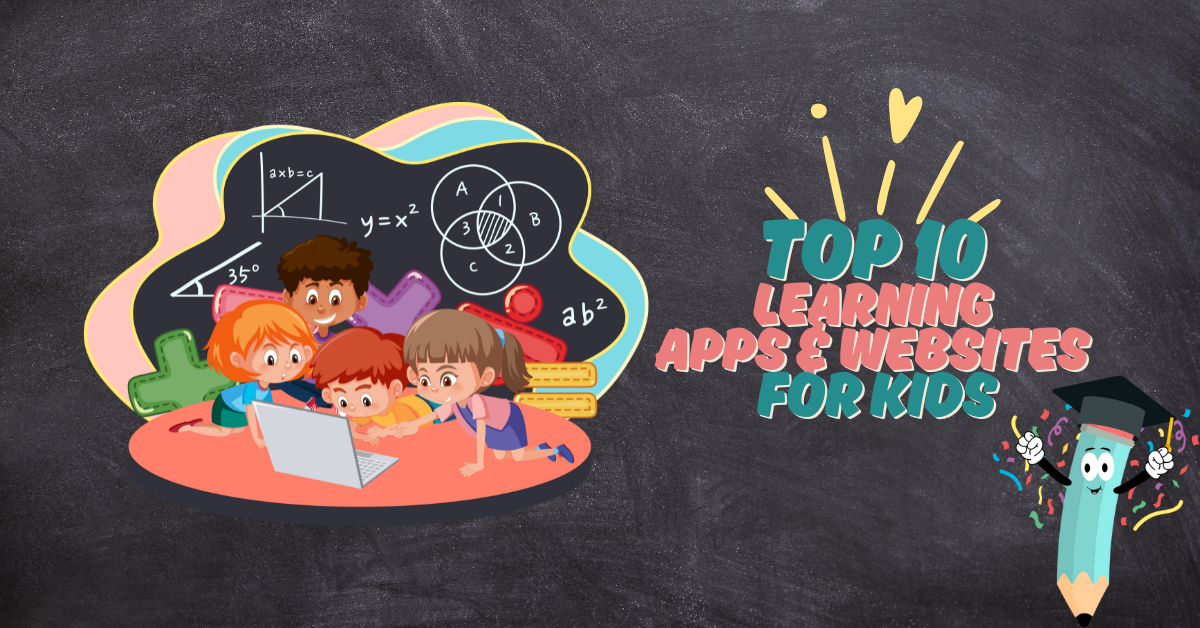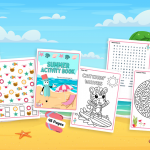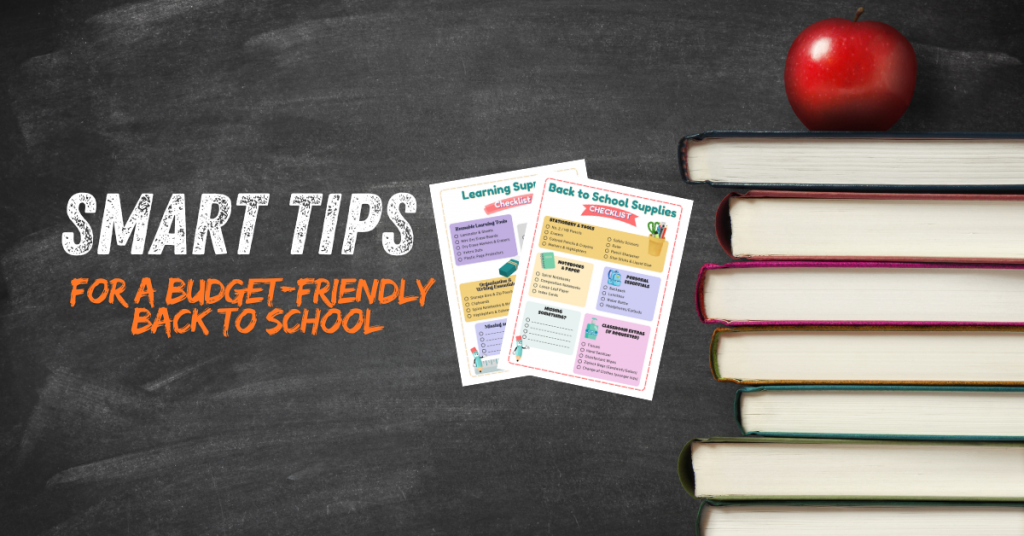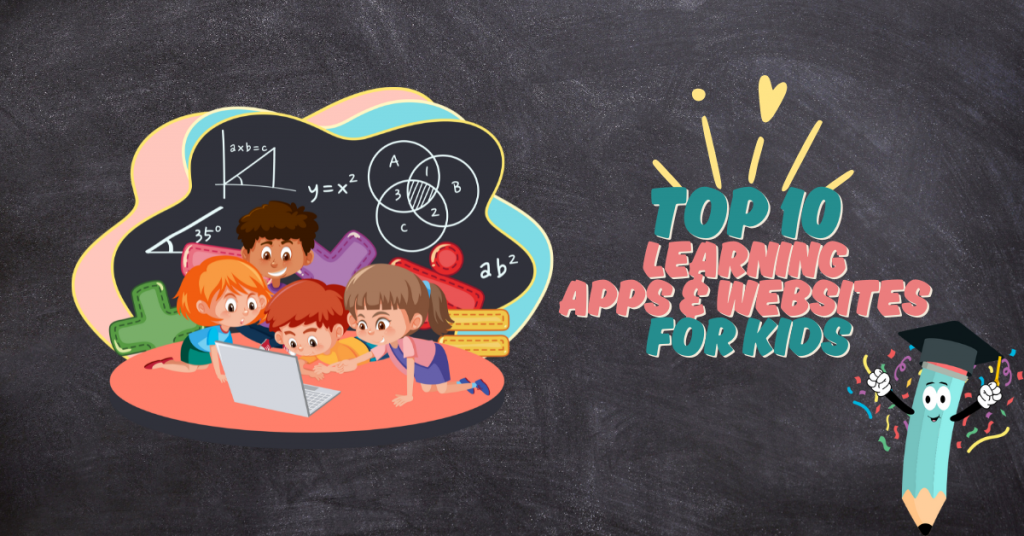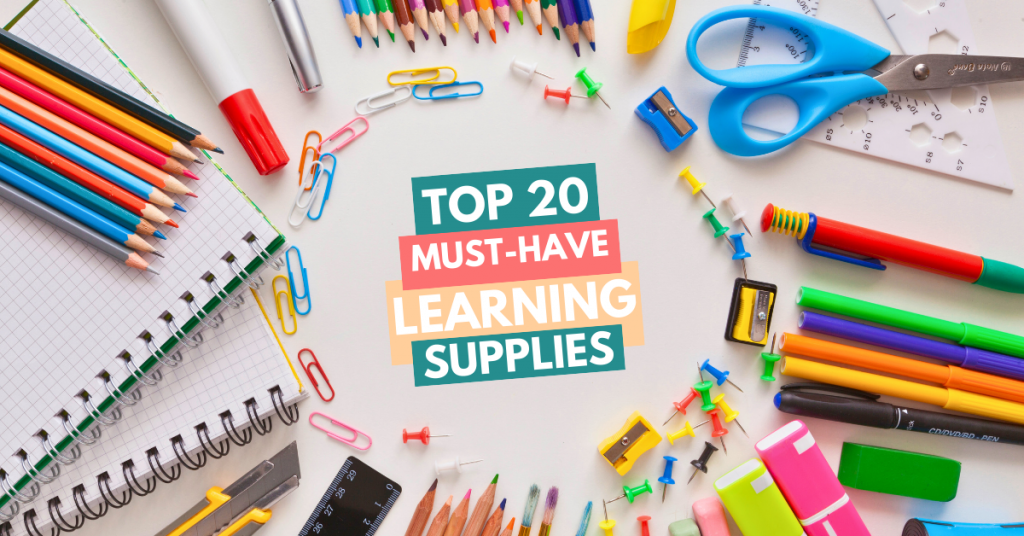As parents, we all want our kids to thrive—not just in school, but in life. And while screen time often gets a bad rap, there are some incredible apps and websites out there that turn playtime into real learning time. Over the years, we’ve tried a wide range of them with our son Liam (age 7), and today, we’re sharing our family’s top 10 picks for kids aged 4–8.
These apps cover everything from reading and math to languages and coding—and most importantly, they’re actually fun. We’ve grouped them by learning focus and added some real-life experiences from our home to help you decide what might work for yours.
Literacy & Reading Apps
1. Reading Eggs
Reading Eggs is a phonics-based reading program that helps kids learn to read through structured lessons, interactive games, and songs.
Liam loved earning certificates at the end of each lesson—a little boost of confidence and motivation that kept him coming back for more.
✅ Pros:
- Structured, leveled lessons
- Rewards and certificates motivate kids
- Includes a digital library
⚠️ Cons:
- Requires a subscription after the free trial
- Interface can feel a bit busy for younger kids
2. ABCmouse
This classic all-in-one app includes a robust reading program that grows with your child. With everything from phonics and sight words to early readers, it offers a strong foundation in literacy and beyond.
✅ Pros:
- Huge variety of content across subjects
- Progress tracking for parents
- Structured curriculum
⚠️ Cons:
- Subscription required
- Can be overwhelming with so many options
All-in-One Learning Platforms
3. Khan Academy Kids
Khan Academy Kids is a completely free, high-quality app that covers literacy, math, logic, social-emotional learning, and more. Its cheerful characters and variety of activities make it feel like a digital preschool experience.
✅ Pros:
- Free and ad-free
- Covers multiple subjects
- Engaging animated characters
⚠️ Cons:
- Less depth in advanced topics
- Can be repetitive over time
4. Lingokids
This playful learning app covers everything from reading and math to science and social skills.
Liam enjoys Lingokids for its especially playful approach and the variety of fun games that don’t feel like schoolwork at all.
✅ Pros:
- Very fun and playful interface
- Covers a wide range of topics
- Great for independent exploration
⚠️ Cons:
- Limited content in free version
- Needs internet for most features
Language Learning
5. Mondly Kids
If you’re looking to introduce your child to new languages like Spanish, French, or German, Mondly Kids is a great option. With voice recognition and interactive games, it makes language learning playful and effective.
✅ Pros:
- Available in many languages
- Interactive and gamified
- Uses speech recognition
⚠️ Cons:
- Requires subscription for full access
- Repetitive format for older kids
6. Duolingo ABC
Duolingo ABC teaches phonics and reading for early learners and is also helpful for ESL learners.
Liam uses this app regularly and enjoys the stories—especially since we’re all learning together as a family.
We share a Duolingo Family account—his grandparents are learning English, while we parents are working on Japanese. It’s such a fun and unifying experience!
✅ Pros:
- 100% free
- Short, playful lessons
- Perfect for families learning together
⚠️ Cons:
- Currently only supports English
- Limited customization
Math Apps
7. Numberblocks: World
If your child is into Numberblocks, this app is a dream! It helps kids understand numbers and math through interactive play.
Numberblocks is one of Liam’s all-time favorites—he watches the show, plays with the blocks, and uses the app regularly. He even gets a Numberblock plushie every birthday according to his age. Next up: Number 8!
✅ Pros:
- Based on the popular educational show
- Teaches math concepts visually and interactively
- Great for younger learners
⚠️ Cons:
- Less structured than other math apps
- Limited features in the free version
8. Mathseeds
From the makers of Reading Eggs, Mathseeds offers structured math lessons in a bright, kid-friendly interface. Like Reading Eggs, it includes progress tracking and rewards, which Liam really enjoys.
✅ Pros:
- Fun and structured math program
- Includes placement tests
- Motivational certificates
⚠️ Cons:
- Subscription required
- Interface can be a bit overwhelming
Coding & Creative Thinking
9. ScratchJr
ScratchJr is a fantastic introduction to coding. Kids can create their own interactive stories, animations, and games using simple block-based programming.
Liam started coding in preschool through a coding club and now uses ScratchJr at school as well. He loves it because it feels like creating games rather than “doing school.”
✅ Pros:
- Free and easy to use
- Encourages creative thinking and storytelling
- Great intro to programming
⚠️ Cons:
- Best used on a tablet
- Can require parent guidance at first
10. CodeSpark Academy
CodeSpark teaches coding through puzzles, problem-solving, and creative game-making. It’s ideal for young kids with no reading skills needed, as it uses visual coding blocks.
✅ Pros:
- No reading required—perfect for beginners
- Game-based learning keeps kids engaged
- Encourages critical thinking and logic
⚠️ Cons:
- Subscription required
- Less open-ended than ScratchJr for creativity
Final Thoughts: Let Kids Learn the Way They Love
The best part of these apps? They meet kids where they are—playful, curious, and always exploring. We’ve found that when learning is hands-on and fun, kids not only stay engaged, but also retain more.
If you’re looking for ways to support your child’s learning while keeping things light and enjoyable, this list is a great place to start.
Do you have a favorite app your kids love? Or want help choosing the right one for your family? Let us know in the comments—we’d love to hear from you!

